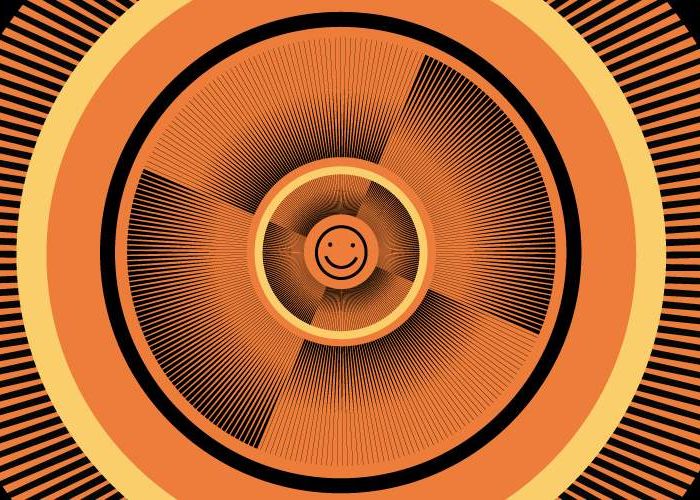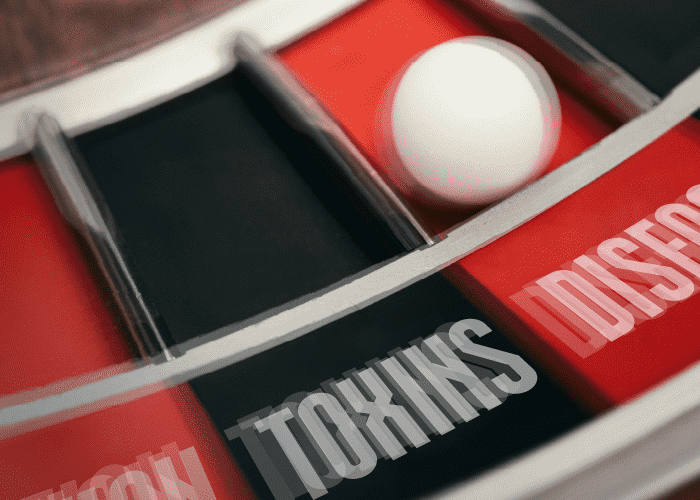

Common Mistakes Veterinarians Should Avoid in Ear Cytology
Ear cytology is recommended for every case of otitis externa (OE), but is a commonly overlooked test. You may wonder what the point of ordering an ear cytology is when it won't change how you treat the infection, especially if you feel that all ear medications are similar. Or, you may feel like you never see anything relevant in the results. You might just not have the time or technical support to perform these tests. The bottom line is cytology is a basic diagnostic test that can be easy to overlook, but its importance can't be overstated. Common pitfalls can stand in the way of feeling confident when approaching OE cases—but new technology can help.
Why Is Ear Cytology Important?
First let's tackle the argument that cytology isn't necessary since all topical products approved for the treatment of OE contain the same three classes of drugs (antibiotic, corticosteroid, and antifungal). This is true for most medications (with a few exceptions) and is a legitimate consideration when thinking of a busy practice schedule and where to fit in cytologies. The argument against this line of thinking boils down to the axiom from physician Thomas McCrae: "More is missed by not looking than by not knowing."
While the majority of ear cytology samples will yield yeast, coccoid bacteria, rod-shaped bacteria, or some combination of the three, you cannot characterize the degree of inflammation, or determine cytologic response to therapy without routine cytology. Ear swab cytology should be performed in every case of OE at every visit to determine if treatment has been effective.
Ear Cytology Pitfalls
As helpful as ear cytology is, there are some areas that can make it challenging. Starting with obtaining the sample and fixing the slide, the mistakes veterinarians may make along the way can lead to frustration and inconclusive testing.
Obtaining the Sample
The first challenge you might encounter is obtaining the sample itself. A cotton-tipped applicator is gently inserted into the vertical canal, twisted once, and removed. Some pets strongly resist this procedure, which is understandable given the pain associated with OE. Using sedating medications, such as trazodone and/or gabapentin, before the appointment might be necessary. If the pet tolerates an otoscopic exam, cerumen can be swabbed off the speculum.
Slide Issues
After the swab is obtained, it needs to be gently rolled on a glass microscope slide. Rubbing it on the slide can cause sample loss, because the swab, much like a paintbrush used for multiple strokes over the same area, can wipe off the sample. Additionally, the layer of material could be too thick—while some cases of OE produce copious cerumen for examination, more is not better. A sample that is too thick is usually of low diagnostic value due to the inability of the light on the microscope to penetrate it.
Heat Fixation
Another mishap of ear cytology is the use of heat fixation. Many practitioners were taught that this practice was critical for waxy or greasy samples but this was disproven in a study that showed the yield of ear swabs was equivalent regardless of heat fixation or not. The heat fixation step can increase the amount of time spent and decrease safety—many fixative solutions in stains are highly flammable and so are anesthetic gases used in veterinary hospitals that may be nearby.
Staining
Stain contamination is a risk depending on a practice's cytology volume. Stains must be changed at least weekly to avoid accumulated microorganisms, particularly yeast, from adhering to slides as they are stained.
Microscope Upkeep
Another common pitfall when performing in-house cytology is the clinic's microscope. These workhorse scopes are heavily used and sometimes abused. They need to be serviced at least annually by a professional microscope technician.

Leveraging New Technology
OE is a common and often frustrating condition treated daily by veterinarians. Much of the frustration can be removed by ensuring that cytology is performed for every case to rule out nonroutine cases and by avoiding common pitfalls. But, if performing in-house ear cytology feels daunting, there are veterinary innovations that completely remove the manual process of slide preparation and review, making these tests more accessible and easier to complete—while still providing reference laboratory level accuracy.
With the help of new technology, you can save time by avoiding these common mistakes, expect consistent results and feel confident performing ear cytology on every patient with OE.







